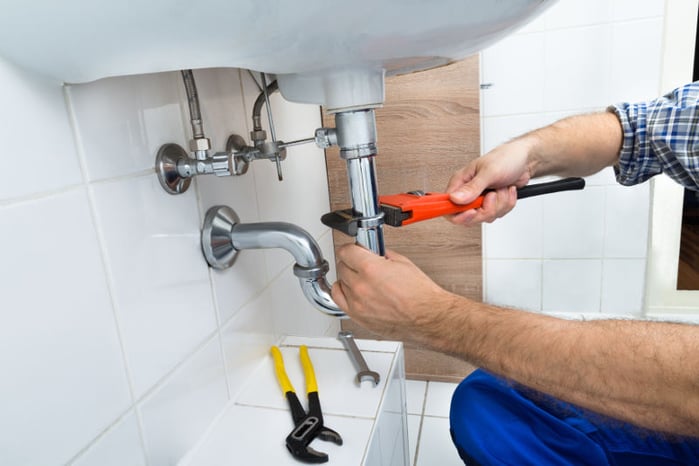 When it comes to preparation, Olympic athletes leave no stone unturned.
When it comes to preparation, Olympic athletes leave no stone unturned.
Because the competition is so intense, preparing for the Olympics becomes life and death, with endless months of training, and unyielding focus. Preparing for a game of soccer down the beach with some friends – not so much.
The same principle applies when preparing your property for sale and deciding what to repair, and what not to. Where do you draw the line? What do you fix and what do you leave? (In this article we look exclusively at the interior of your property).
Much depends on the competition. If the competition is intense, then preparation is all important.
If the market in your area is super-hot, and houses are selling at Usain Bolt speed, it shows that buyers are attracted to the area rather than the finer details.
In such a sellers’ market, it is possible only minor, essential repairs need to be made. Undertaking costlier repairs or renovations are likely to have little or no effect on the inevitability of sale or price, and represent an unnecessary cost.
The other major factor in deciding what to repair is how urgently you want to sell.
If you want to sell your house “yesterday”, then you need to remove every barrier that could potentially short-circuit a sale. For example, some buyers will pull out of a sale because of a seemingly insignificant fault, like a door knob that falls off in their hand.
If in doubt, seek advice from your Harcourts Sales Consultant.
There is a distinctive difference between repairs and renovations, with repairs being regarded as restoring something back to its original condition, while renovations are improvements or upgrades.
So what are the repairs to consider before selling a property?
Paint
-
All exposed nail holes, stains and imperfections in your wall’s paintwork should be fixed
-
Paint door trims and all areas showing wear and tear
-
Remove older wallpaper by steaming and give the wall a fresh coat of paint
-
Avoid creating bright or darker coloured features walls, because colours are an individual choice
-
Consider painting over old-style dark, wood panelling, which can create a gloomy atmosphere in a room
-
Always choose neutral or lighter colours, which make rooms appear bigger, and are acceptable to more buyers (creative buyers will add their own colour touches).
Lighting
-
Make sure all switches and lights are working properly
-
Install brighter bulbs in gloomier rooms.
Kitchen
-
Make sure all draws and doors are working properly
-
Bench top needs to be pristine, with no chips or cut marks. If you need to replace a benchtop considering installing a granite top which will generally add value
-
Absolutely no leaky taps, or leaky anything else
-
Consider replacing old plastic door handles with metallic handles.
Bathroom repairs
-
Replace or repair leaky taps
-
Clean grouting between tiles, and if missing, repair
-
Replace any chipped tiles
Curtains and window furnishings
- Replace damaged curtains or blinds
Floors and ceilings
-
Consider removing old carpet on wooden floors and polishing the floor boards
-
Remove textured ceilings and paint with flat paint (beware of asbestos).
When considering what to repair, put yourself in the shoes of the potential buyer and work out what would cause you to have second thoughts about buying, and for peace of mind, repair whatever is a potential deal-breaker.